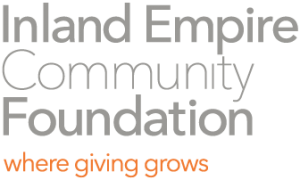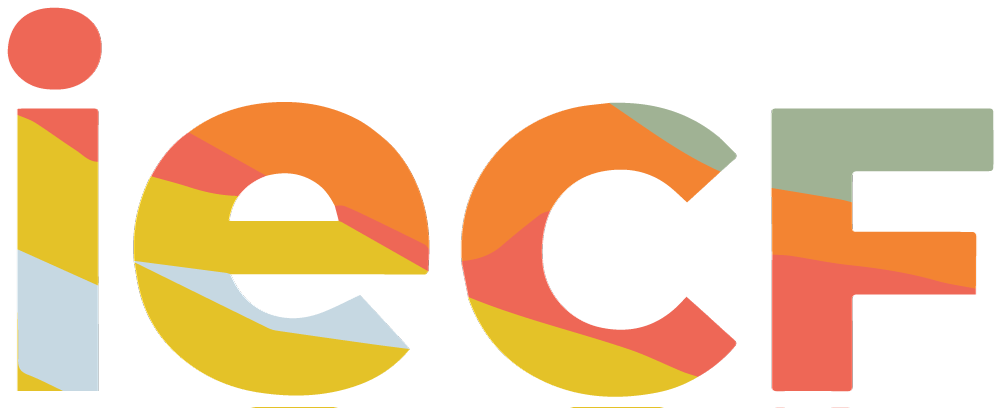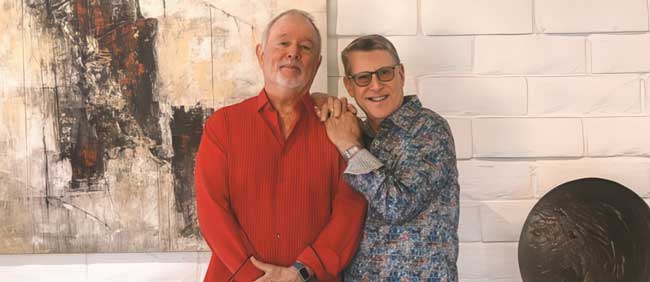 A three-year transitional housing program for former foster youth received a positive boost thanks to a recent grant from Inland Empire Community Foundation (IECF) through the Riverside County ARPA Fund.
A three-year transitional housing program for former foster youth received a positive boost thanks to a recent grant from Inland Empire Community Foundation (IECF) through the Riverside County ARPA Fund.
The program, just one of many within Kamali’i Foster Family Agency (KFFA), revolves around a graduated share of costs for its participants. For instance, after three months of being in the program, individuals begin paying $70, which filters into a savings account. After another three months, the figure increases to $120.
“It builds to a point where they’re paying about $600 a month into that savings account,” said J. Eric Mortensen, CEO and Program Director of KFFA.
The program was running strong. Then the pandemic hit.
“It really slowed down during the pandemic just because of the loss of jobs, and a need for money in hand versus participating in the program,” Mortensen added. “The IECF grant really helped us with our efforts there.”
Creating a savings account that grows over time became a valuable resource. Setting aside money allowed participants who graduate the program to have resources for such things as a down payment for housing, whether it’s an apartment or Section 8 housing.
“Here in Riverside County, to get an apartment, they want like three months of rent in a savings account,” Mortensen said. “That was a real problem we faced, so we asked for grant funds, which would allow a share of costs or matching. It was a way to incentivize participants to put money aside.”
“Now, we’ve actually seen a 50 percent increase in participation, and we were able to match those funds,” he added.
Some participants went from having nearly zero savings to graduating with enough money to secure housing or catch up unpaid bills.
The program is yet another example of KFFA’s reach.
The nonprofit’s significant history of supporting children and empowering youth for future success stems back to 1996, when Mortensen and Lee Burton founded it. Kamali’i, the Hawaiian word for “children,” was the name given to the agency by one of its first financial backers, Moses Moke Manewa, who had been retired as a Honolulu Police Officer at the time.
From its early days, KFFA was vigilant in making a strong impact on foster families, children, and staff, oftentimes displaying “aloha”—a concept of love, compassion, peace, and mutual respect.
“We’ve grown; the transitional housing program is just one program we have,” Mortensen said. “We have a foster care and transitional housing program. There’s our transitional housing-plus program, which is for kids who are no longer in the system but need that additional assistance.”
A more recent program revolves around behavioral mental health.
Kamali’i Haven is also noteworthy. The resource parent support group is made up of approved “Resource Parents” who can support each other, which, in turn, benefits the lives of foster youth.
This healthy mix of services enhances the nonprofit’s overall impact in the region.
“It’s something we wanted to do from the start,” Mortensen said. “It’s just taken a number of years to build, but we’re now able to provide full services—from infant all the way to the up to age of 25.
“We’re proud that we can be so well-rounded,” he added.
Learn more at kamalii.org.
This story originally appeared in the Press Enterprise, June 2025.
Stay up to date on all the good work we’re doing through the power of philanthropy. Sign up for our eNewsletter, Philanthropy Matters, today.


